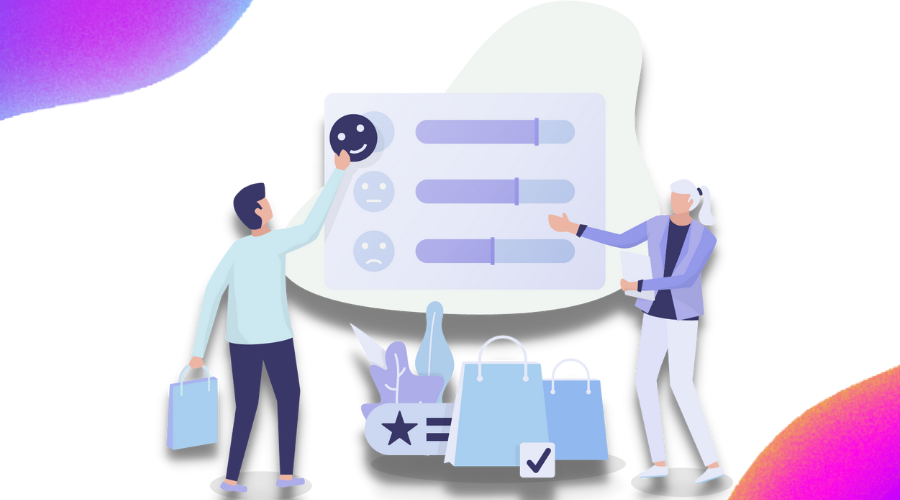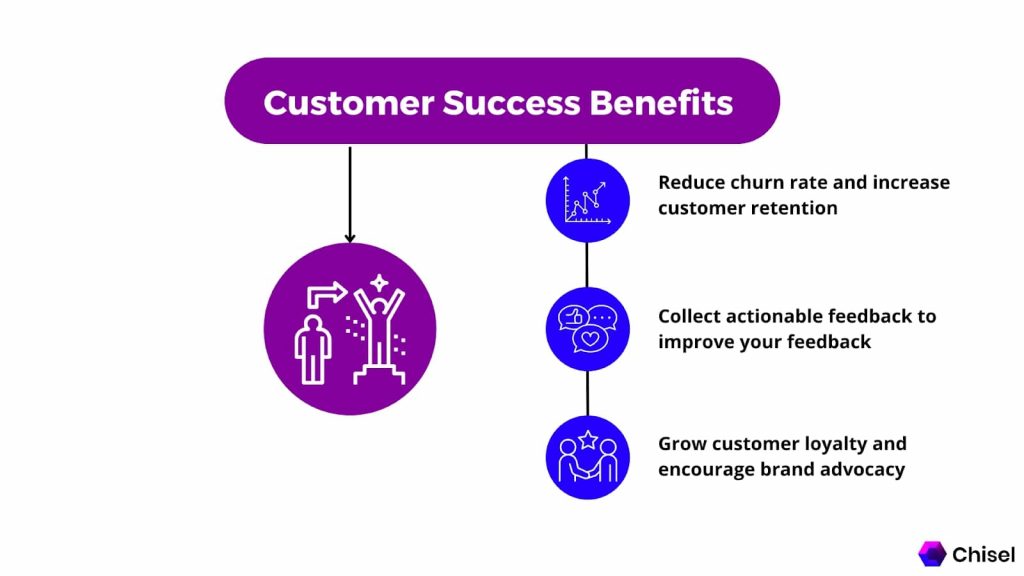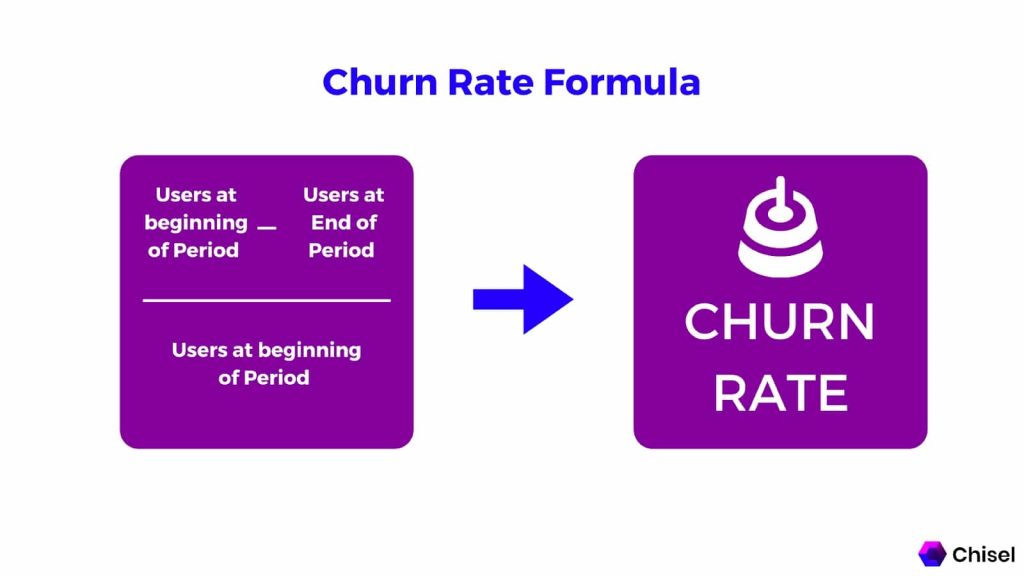Customer Success: The Comprehensive Guide for Businesses

Customer success has become one of the most important aspects of any business today. Though it is a relatively new term, it quickly gained popularity.
Many companies are starting to realize that customer success is essential. After all, the customers determine a company’s success or failure. Product management tools, product roadmap software, and a customer success plan are crucial components of every successful product.
This post will delve into all aspects of customer success- right from its definition, metrics, and roles to team structure and email templates.
We will also explore some examples of businesses implementing successful customer success strategies. So without further ado, let’s get started!
What Is Customer Success?
Customer success is a company approach that ensures your target consumers receive the results that meet their expectations when using your products or services. Put another way, it’s a method for ensuring that your clients are happy and satisfied.
Customer success has become an essential part of any business today because it is the key to achieving long-term success.
It is important to note that customer success is not just about retaining customers. It is also about upselling them and helping them achieve their desired outcomes.
Customer Success Definition:
Help Scout has distinctly outlined customer success as:
“Any effort a business undertakes that’s aimed at helping their customers be more successful, both with their product and more generally.”
A solid customer success plan requires a strong team, product, and procedure. However, before we create a successful customer success team, let’s look at some of the metrics you may use to evaluate client success.

Customer Success vs. Customer Experience
Customer success and customer experience are two distinct but related concepts. Customer success refers to the overall outcome of customer experiences when using your product or service. At the same time, customer experience is more focused on individual interactions between customers and your company.
Customer success should be the goal of every business, regardless of size or industry type. Focusing on customer needs and wants first will lead to better results for both parties – increased customer loyalty and higher profits!
Customer experience, on the other hand, refers to how well a customer feels your company has treated them during their interactions with it.
It’s critical to remember that not all consumers are created equal. Hence you need different approaches depending on what kind of relationship someone has had in the past or present.
Customer Success KPIs
KPIs, or key performance indicators, are central for any business. They allow you to track your company’s success and make necessary adjustments. When it comes to customer success, a few KPIs are essential.
The Three Most Important KPIs for Customer Success Are:
- Customer churn rate
- Upsell opportunities
- Customer lifetime value (CLV)
These three metrics will provide you with a good idea of how well your customer success strategy works. Let’s look closer at each one.
The Customer Churn Rate
The churn rate is simply the percentage of customers who leave your company over a given period.
This metric is critical because it helps you understand how well your customer success strategy works. It’s also helpful in analyzing trends over time and determining which factors are causing customers to leave.
For example, suppose you notice that the churn rate increases significantly during a particular month of the year. The churn rate increase could indicate an issue with your product or service that needs attention. You need to take action before it snowballs into a more significant problem (if not already).
You can calculate the churn rate as follows:
(Number of Customers Lost – Number of New Customers) / Total Number of Active Customers x 100% = Churn Rate (%)
Example: You have 200 active customers in January and lose 50 by March. Then your churn rate would be: (50-200)/200=25%.

Upsell Opportunities
The upsell opportunity is the percentage of customers who buy more than one product or service from you. This metric is crucial because it indicates how well your customer success strategy generates additional revenue.
The goal of upsell opportunities is to increase the average order value of each sale made by one customer.
You can do this in various ways. As in cross-selling, bundling products together, and offering discounts on related items when they purchase something else from your store.
You can calculate the upsell opportunity as follows:
Number of Customers Who Purchased More Than One Product / Total Number of Active Customers x 100% = Upsell Opportunity (%).
Example: Out of the total number of customers who made a purchase, 25% bought more than one item. So your upsell opportunity would be calculated as (25/100)x100=25%.
Customer Lifetime Value (CLV)
Customer lifetime value measures the total value a customer brings to your company throughout their relationship with you.
This metric is crucial. It aids you in understanding how much money your customer success strategy generates in revenue for every dollar expended. The expenditure is on customer service, marketing, and product development costs.
To calculate CLV:
Total Revenue / Total Number of Active Customers x 100% = Customer Lifetime Value (CLV) (%).
If the total revenue generated by 200 active customers were $100k last month, then their CLV would be 50%.
How Does Customer Success Work?
Customer success defines the customer journey from beginning to end to evaluate their experience at different customer lifecycle stages and provide proactive support.
As a result, a solid customer success strategy involves more than a few brainstorming meetings, spreadsheets, and additional hours to accomplish.
You’ll need a team and a customer success manager. They track the customer journey and report back to the product and sales teams, just like any other department.
The three Ps of customer success management (CSM) are:
- Customer success solutions (platform)
- A committed team (people)
- A strategy (process) that connects your customer success activities with your business goals.
These parts encapsulate the process of providing customer service.
Customer Success Software:
One of the most critical aspects of customer relationship management is its tools for predicting future consumer behavior based on purchasing history and intent.
You’ll require a customer success solution. It includes software and CRM systems to combine customer feedback and interactions. CRM also includes activities so that the sales force can contextually drive their upsell and cross-sell efforts.
Customer Success Team:
Customer success represents supervisors and achievers. They are in charge of directing the customer success function and bringing the strategy and ideas to reality.
How do you decide the necessity of a dedicated customer executive team? It depends on how time-constrained your support and service employees are with real-time problem solutions.
Customer Success Strategy:
To put your team up for success from day one, you’ll need a well-planned strategy that includes the whats and whys of customer success.
Customer retention isn’t a one-size-fits-all solution. It all relies on your company’s business plan, client base, and market maturity.
You can eliminate the guessing surrounding customer success execution. Establishing a strategy and providing clarity on what your team should be focusing on will help you achieve this.
What Are the Customer Success Metrics?
Customer success metrics are a set of measurements that tell you how well your customer success team is doing. They include things like:
- How many customers did the company retain, and how much revenue did the company generate from those retention efforts?
- To what extent did each task’s time spend on sales or marketing activities compare with other tasks such as product development?
- You can measure loyalty by the number of active subscribers who have been with us for more than six months.
Customers will likely come back when they feel valued by their relationship with your company. So it’s essential to track these metrics to know what changes need to be made over time to maintain high customer satisfaction levels while also increasing profits.
A standard method used by many companies is to calculate customer lifetime values (CLVs) which show how much money your customers bring throughout their relationship with you.
You can also use metrics like Customer Effort Score (CES) and Net Promoter Score (NPS).
These are two popular customer success KPIs measuring loyalty, satisfaction, and trust levels among users from zero to ten points. Nine or ten would indicate a satisfying response, while anything below five indicates dissatisfaction.
The most important thing is not just what number gets returned. Still, it represents—the value each customer brings into your business over time.
Another important customer success method is customer feedback. Understanding their needs, requirements, and satisfaction with the product is a must.
Sign up for the best product management software and get tools like pre-built surveys, audiences if you don’t have one, and more to collect customer feedback.
Customer Effort Score:
CES (customer effort score) quantifies the time, energy, and resources spent on a given task.
To calculate the CES:
Total Number of Tasks Performed / Total Number of Customers = Customer Effort Score (CES) (%).
Suppose a customer completed ten tasks in one week, with five being sales or marketing-related activities such as emailing prospects and calling existing clients.
Their CES would be 50 percent because they spent half their time on non-sales/marketing activities.
Example:
If it takes an average of eight hours to resolve a customer issue, and the team works 40 hours per week, then their CES would be 50%.
Net Promoter Score:
The Net Promoter Score (NPS) is a metric that measures customer loyalty on a scale from zero to ten.
Customers who score a nine or ten are promoters, while those score six or below are detractors. You can use the NPS to calculate the percentage of customers who are promoters, neutrals, and detractors.
You can determine NPS by asking: “How likely are you to recommend our company/product/service to a friend or colleague?” from 0-100%.
Promoters (score of nine or ten): Promoters are delighted customers likely to recommend your company/product/service and contribute to growth by buying more from you or referring others.
Neutrals (score of seven or eight): Neutrals are somewhat satisfied with your offerings but not enough for them to recommend it strongly.
Detractors (score of zero through six): Detractors are unhappy customers who are likely to spread negative word-of-mouth and damage your reputation.
To get the Net Promoter Score, you can use this formula:
(% Promoters + % Detractors) / (% of Respondents).
It’s not just about the score, though— it’s also essential to understand why your customers give you those scores and what they want from their experience with you as an organization.
Example:
If five customers said they would recommend the product, and five customers said they would not, then the Net Promoter Score for that product is zero.
Customer Success Tools
Customer success tools help you automate and personalize the customer experience. They branch into three types: engagement, education, and advocacy.
Engagement tools help you keep track of your customer’s interactions with your product or service to identify potential problems before they become more significant.
Education tools provide resources to help educate customers on how to get more value out of your company’s offerings.
Sales reps typically use these when pitching new business opportunities and as part of an onboarding process for existing accounts that may need some extra attention.
Advocacy tools help nurture customer relationships by identifying and rewarding vocal supporters of your brand or product.
Several different types of engagement, education, and advocacy tools are available. Still, most companies find that a combination of two or three works best for their needs.
Some famous examples include:
- Salesforce Service Cloud (engagement)
- InsightSquared (education)
- HubSpot Marketing Hub (advocacy)
How You Can Help Customers Succeed?
A successful customer success plan involves assisting your customer at every step of the road to achieving their intended result. It starts before the transaction and continues until they reach their goal.
- Make client success a top focus for the entire organization.
- Early on, emphasize customer success.
- Recognize what success means to your clients.
- With aggressive onboarding, you can set your clients up for success.
- Keep track of essential consumer metrics and communicate information across departments.
- Create a feedback loop for your customers.
- Clearly outline red flags.
Final Thoughts
Creating a customer success strategy is not easy, but it’s definitely worth the effort. The benefits are precise – lower churn rates, increased upsell opportunities, and happy customers more likely to be loyal to your brand.
The best technique to begin is defining your customer success goals and then working backward. After all, if you have no idea what success looks like for your business and customers, how will anyone else?
